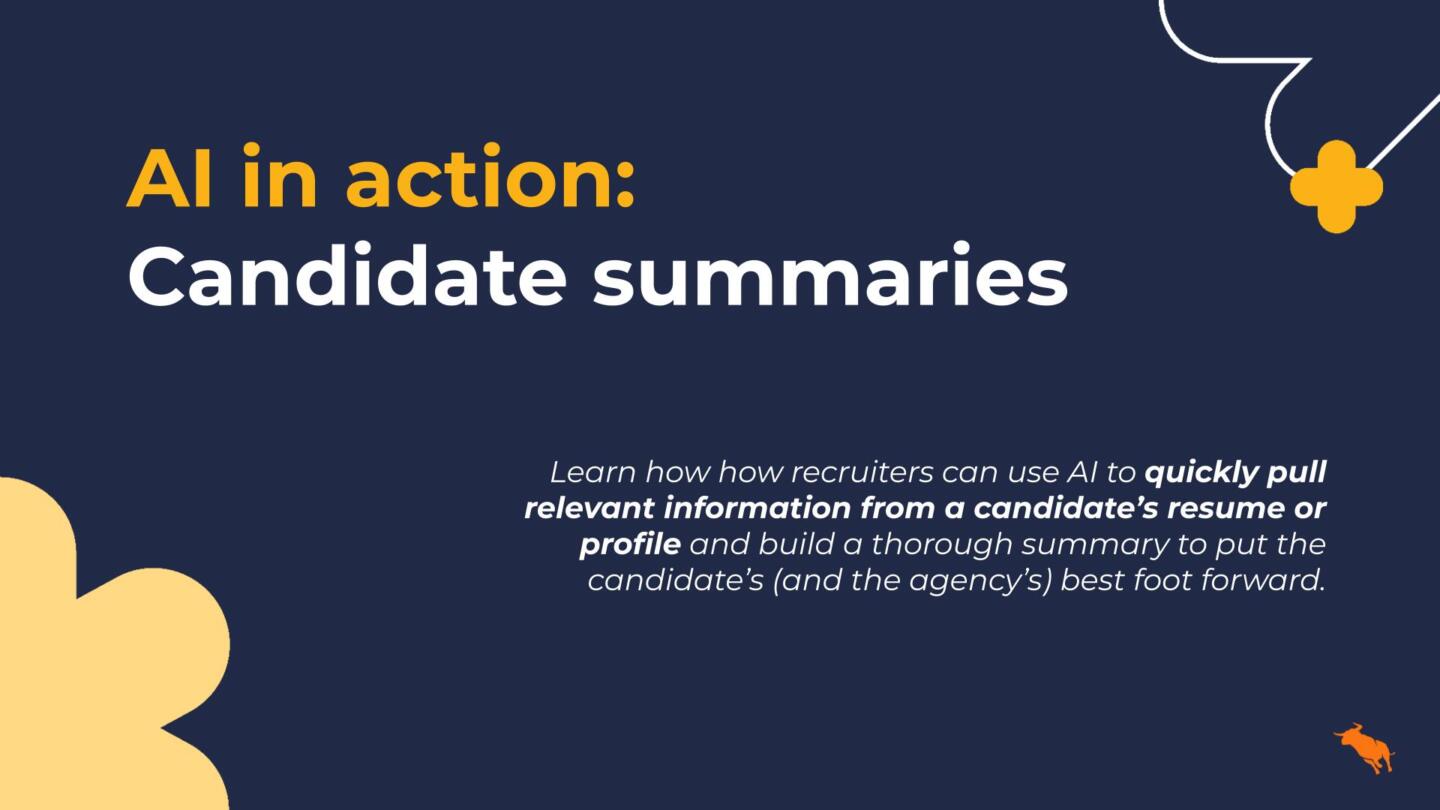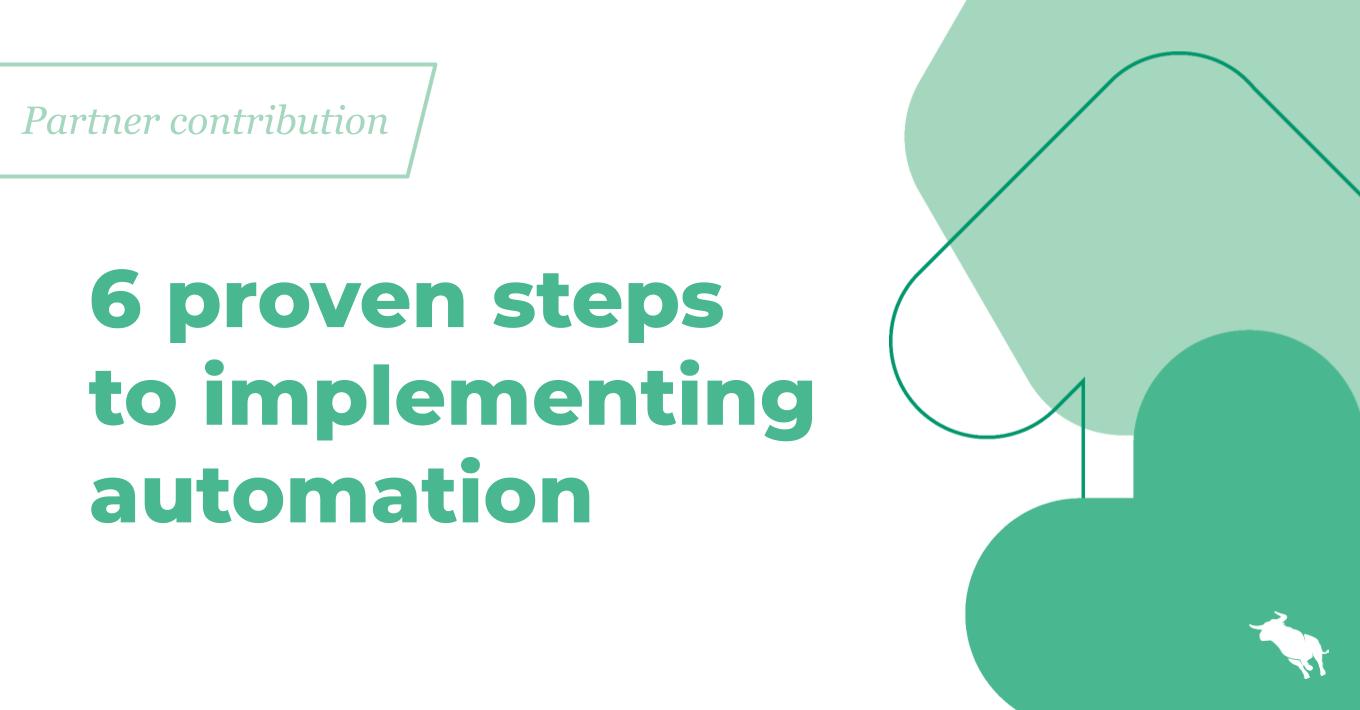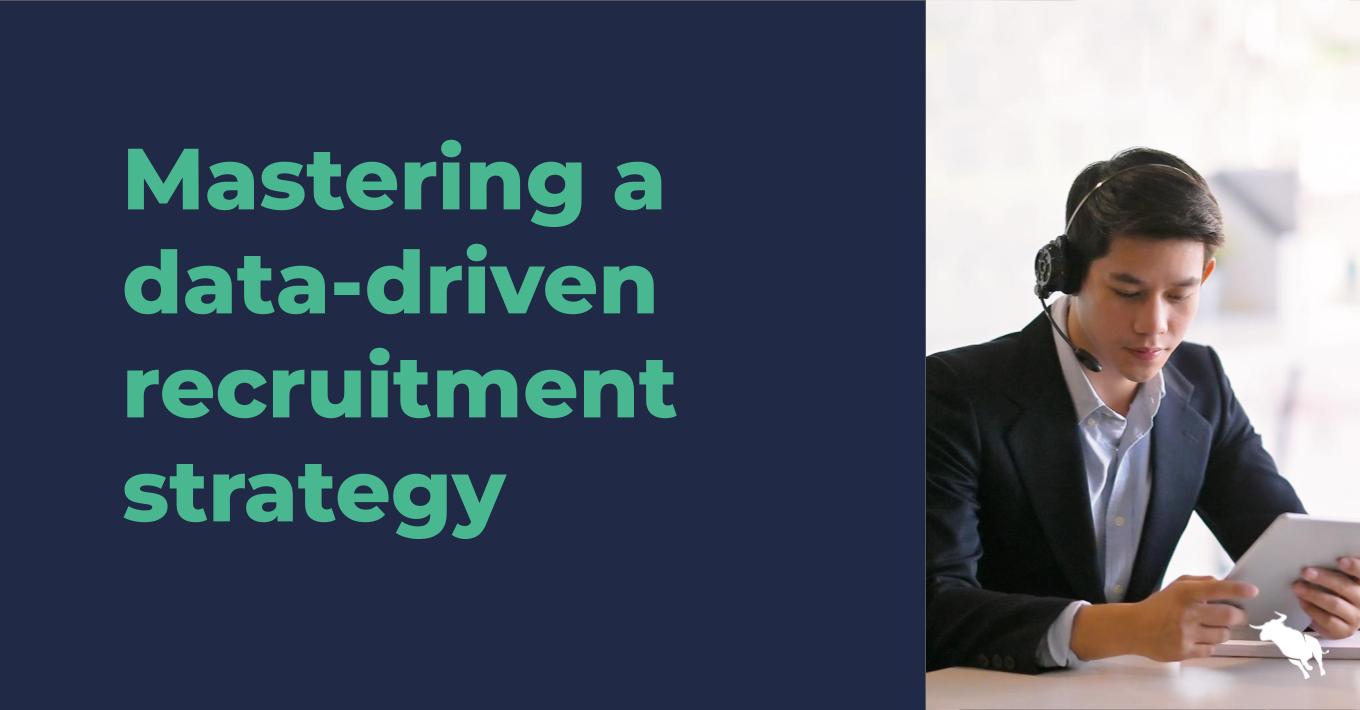5 Things Moving Houses Can Teach Recruitment Leaders about Migrating Data

Last weekend, I moved into a new apartment and neighborhood. I love moving. Every area of inner Sydney has its own character and charm, and before I’m done, I want to tick off the busy beaches and acai bowls of the east, the laid-back beaches and spaciousness of the north, and the coffee and boutique brews of the inner west.
As excited as I am to discover a new part of Sydney, there’s no escaping the arduous task of packing my life into boxes, unassembling screw-by-screw every piece of furniture that makes my place my place, hiring a removalist, the number of “small trips” back and forth for the delicate things, etc., etc., etc., the bond clean, and finally the unpacking and reassembling.
As an Inside Sales Exec at Bullhorn, I couldn’t help myself in seeing the parallels in moving houses with the data migration conversations I have with new recruitment customers on a daily, if not hourly, basis about migrating data to their new applicant tracking system (ATS). For those who haven’t switched databases previously, these tips may help add some tangibility to what sometimes may feel like an overwhelming process. For those who are seasoned, I’d love to your thoughts.
So here goes: moving houses and migrating data—my top tips:
- Scheduling is key: The entire week before the day of my move, I was in Fiji for the RCSA Conference. Realising this in advance meant I was able to make time to have everything in a movable state before I left. When it comes to data migrations, you need to assess your schedule to ensure you’ve got sufficient time to get your data in into Excel file, folders etc. and communicate availability with your implementation consultant.
- Purge as you pack: Just as much as I don’t need 40 singlets from my uni days when I wear buttons and collars 5 days a week, you’ll probably find that the 30 thousand candidates you haven’t contacted in 15 years are just weighing your searches down. Either purge them, or if your new database has a separate lead section to work on qualifying old or dirty data, separate them it for this section of the database.
- The right format: If you can pack it into a box, pack it into a box. If you can’t pack it into a box, ask yourself again, “Can I pack it into a box?” Following the removalist truck moving most of my boxed items and furniture, I was left with multiple car trips after work moving the delicates (i.e., lamps, booze, frames). A Monday trip after worked turned into a regrettable 5 trips throughout the entire week. Had I packed a little better, this could’ve been avoided. When it comes to formatting and migrating your data, often there’s no one right answer, it can depend on how and where you’ve been storing it previously, the quality of the notes you’ve been keeping, or the type of fields that matter to you. It’s important to communicate openly about formatting data with your sales consultant to ensure you get the swiftest, most cost effective, and ultimately the right data migration based on your unique needs.
- Unpacking: If you take a little extra care in packing, unpacking can be a breeze. What took hours to pack can take minutes to unpack if you’ve ordered your items in a way that makes sense to you. My partner got me onto the KonMari method of packing. I’ve been going one week strong and recommend giving it a try. When it comes time to transfer data to your new system, the quality of the data provided is vital. If there are any quirks such as fields you’ve been using in a non-standard manner, make sure you’ve told your project manager.
- The Bond Clean: In order to maximise the chances of getting your full bond back, pick one of the two following options. Either use a cleaner recommended by the real estate agent (eliminating the chance of them saying the clean was inadequate) or some cleaners these days offer a bond guarantee where they’ll come back for free if the real estate agent isn’t satisfied. Your data is one of your most valuable assets. It’s important to ensure your new system doesn’t compromise on security, but what of the old data? Probably not the best idea leaving it accessible.
And there you have it! For further information on migrating systems, click here.
This post originally appeared on NPAworldwide.com




